_______
CTB-1 is the expanding gas shell that was left when a massive star toward the constellation of Cassiopeia exploded about 10,000 years ago. The star likely detonated when it ran out of elements, near its core, that could create stabilizing pressure with nuclear fusion. The resulting supernova remnant, nicknamed the Popped Balloon / Medulla Nebula for its brain-like shape, still glows in visible light by the heat generated by its collision with confining interstellar gas. Why the nebula also glows in X-ray light, though, remains a mystery. One hypothesis holds that an energetic pulsar was co-created that powers the nebula with a fast outwardly moving wind. Following this lead, a pulsar has recently been found in radio waves that appears to have been expelled by the supernova explosion at over 1000 kilometers per second. Although the Medulla Nebula appears as large as a full moon, it is so faint that it took over 60-hours of exposure with the Celestron RASA at f/2.2, to create the featured image.
_______
_______
| Objekt | LBN 576 / CTB-1 / Abell 85 |
| Imaging telescopes | Celestron Rowe-Ackermann Schmidt Astrograph 8″ and 11″ |
| Aufnahmekamera | ZWO ASI 1600MM PRO |
| Montierung | iOptron CEM60 |
| Nachführung | Guidescope 130mm, ZWO ASI 120MM |
| Filter | Baader 3.5 / 4nm f/2 Ultra-Highspeed-Filter-Set 50mm² (H-alpha / O-III / S-II), Baader R, G, B (50mm²) |
| Zubehör | Baader UFC, Baader UFC-Tilter, Celestron Focus Motor for SCT |
| Aufnahmedauer | 61.08 hours, H-Alpha: 302×180″, 156×120″OIII: 280×180″, 130×120″SII: 287×180″, 153×120″, RGB each: 120×30″ |
| Aufnahmedatum | 13 nights between November 2020 and November 2021 |
| AstroBin | Link |
Now available for purchase in 3 different sizes. Premium Fuji Crystal prints with a gloss finish. Fuji C-Type paper guarantees excellent detail, contrast and color accuracy.
Download of the fully calibrated data set now available!
